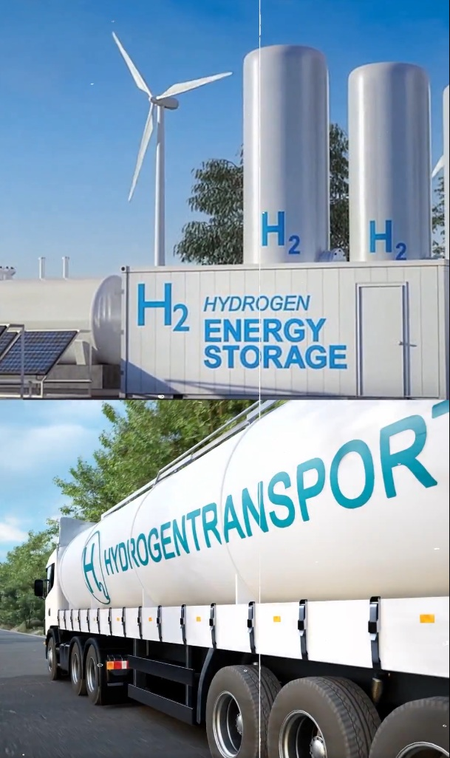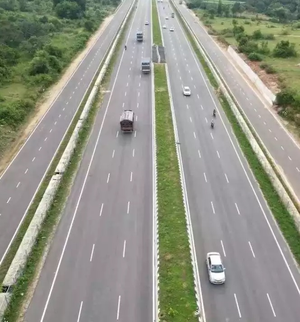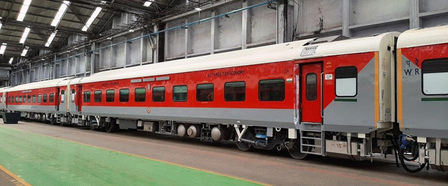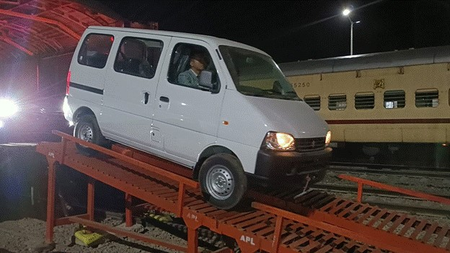
New Delhi, Dec 10 (IANS) India’s demand for copper recorded a double-digit increase of 13 per cent year-on-year to touch 1,700 kilotonnes in 2023-24 on the back of robust growth in the infrastructure and construction sectors, according to figures compiled by the International Copper Association India.
Building construction and infrastructure account for 43 per cent of copper demand while contributing 11 per cent to GDP, International Copper Association India (ICAI) said in a statement.
This surge is attributed to overall economic expansion. After the Covid pandemic, the average annual copper demand increased by 21 per cent between FY21 and FY24, the industry body said.
The association expects the demand for copper to register a further increase as big-ticket infrastructure projects and building construction segments continue to grow at a rapid pace.
According to the latest GDP figures, the infrastructure and construction sectors grew by 9.1 per cent and 6.8 per cent, respectively, in the first half of the current financial year.
Mayur Karmarkar, Managing Director, International Copper Association India, said, “The trends reflect robust growth in copper demand, aligning with India’s GDP growth trajectory. The growth is fuelled by public and private sector investments, higher consumer spending, and advancements in key sectors like building construction, infrastructure, transportation, industrial and consumer goods wherein copper demand grew by double-digits.
The domestic production of copper cathodes rose by 8 per cent and net imports of various forms of copper increased by 13 per cent during the same period.
Karmarkar said, “The trends highlight India’s immense potential to develop a robust copper ecosystem. With Adani’s copper smelter being operational from Q3 FY25 and the duty exemptions on copper concentrates and blisters the outlook for domestic production is promising.
“These advancements, coupled with sustained demand growth, position copper as a key enabler of India’s technological and economic aspirations,” he added.
ICAI said India generated 4,68,000 tonnes of end-of-life and process copper and alloy scrap which was further supplemented by the net imports of an additional 1,92,000 tonnes of copper and alloy scrap during the fiscal. The overall secondary scrap supply increased by 15 per cent.
Currently, India primarily relies on the direct melting of scrap, resulting in variable copper purity due to the use of diverse scrap types. The direct remelting of copper in semi-fabrication units raises quality concerns, especially regarding tramp elements (elements that cannot be removed easily by the direct remelting process) in electrical conductivity applications.
The implementation of the quality control order (QCO) for copper products is expected to address the quality issues in the long run by ensuring that copper used in India adheres to strict standards, said the ICAI managing director.
–IANS
sps/dpb




